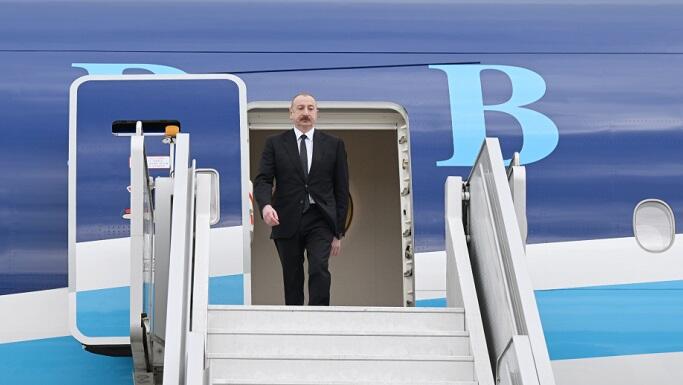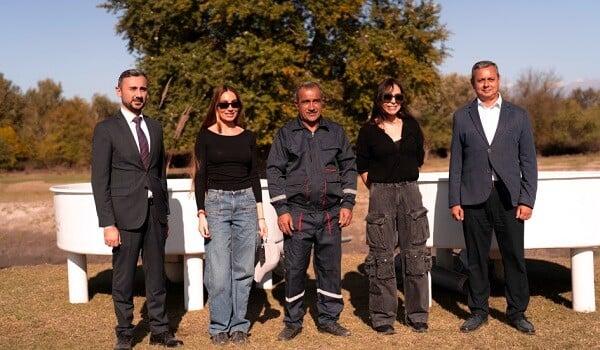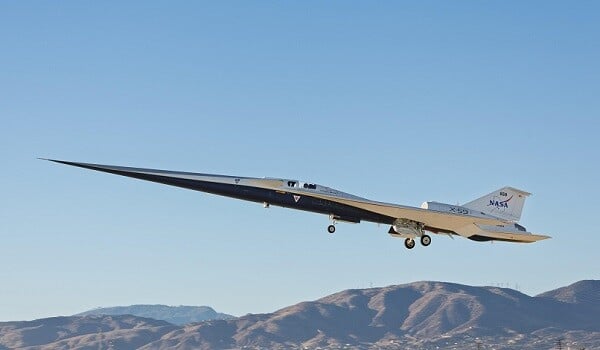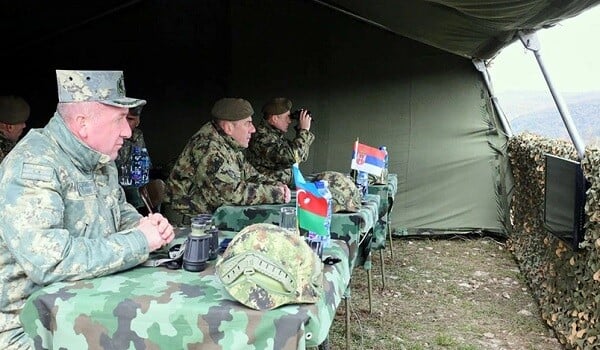As NASA’s one-of-a-kind X-59 quiet supersonic research aircraft approaches first flight, its team is mapping every step from taxi and takeoff to cruising and landing – and their decision-making is guided by safety.
Axar.az informs, citing NASA, first flight will be a lower-altitude loop at about 240 mph to check system integration, kicking off a phase of flight testing focused on verifying the aircraft’s airworthiness and safety.
During subsequent test flights, the X-59 will go higher and faster, eventually exceeding the speed of sound. The aircraft is designed to fly supersonic while generating a quiet thump rather than a loud sonic boom.
To help ensure that first flight – and every flight after that – will begin and end safely, engineers have layered protection into the aircraft.
The X-59’s Flight Test Instrumentation System (FTIS) serves as one of its primary record keepers, collecting and transmitting audio, video, data from onboard sensors, and avionics information – all of which NASA will track across the life of the aircraft.
“We record 60 different streams of data with over 20,000 parameters on board,” said Shedrick Bessent, NASA X-59 instrumentation engineer. “Before we even take off, it’s reassuring to know the system has already seen more than 200 days of work.”
Through ground tests and system evaluations, the system has already generated more than 8,000 files over 237 days of recording. That record provides a detailed history that helps engineers verify the aircraft’s readiness for flight.
You can read more here.











































